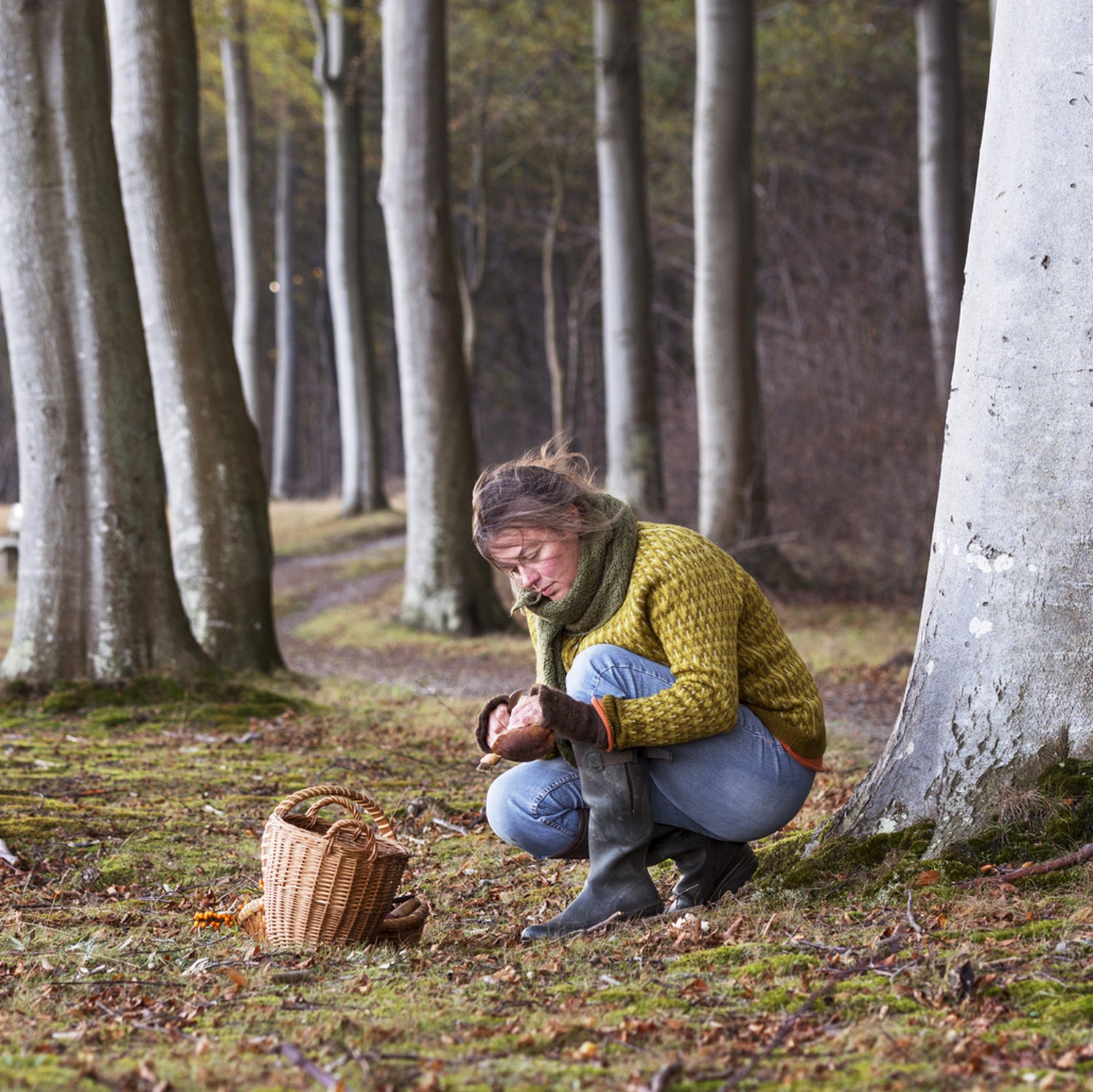The rarity of foraged food is a distinctly modern phenomenon╠řand one thatÔÇÖs led to strange distortions in the way we eat. These days, foods like wild-caught salmon, fiddleheads, or truffles are considered luxuries. They are╠řfound in especially rugged outdoor environs, but most people consume them in highly cultivated indoor settings.
Those are the contradictions that Gina Rae La Cerva sets out to explore in ,╠řa book thatÔÇÖs part travelogue and part natural history. It begins with a whirlwind of culinary trips, each excursion roughly centered around a wild food: ramps in a storied Copenhagen cemetery, glossy lobsters cooked in seaweed on the shores of the Gulf of Maine, birdÔÇÖs nests from caves in the jungles of Borneo.╠ř
The trips are just La CervaÔÇÖs launching point and, one suspects, a way to draw the reader in. What sheÔÇÖs really after is an understanding of the word wild,╠řat least as it relates to food. Should we mourn the loss of wild food at the hands of industrialization?╠řWhy do we consider wildness to be sacred instead of profane? As she writes almost plaintively in the introduction: ÔÇťWhat does it mean to eat wild foodÔÇöor the closest thing to it in a world so thoroughly dominated by humans?ÔÇŁ La Cerva supplies vague definitions of wild╠řearly on, describing the subjects of her fascination as ÔÇťundomesticatedÔÇŁ or ÔÇťuncultivatedÔÇŁ ingredients.╠řAs the book progresses, those words begin to feel╠řshallow.
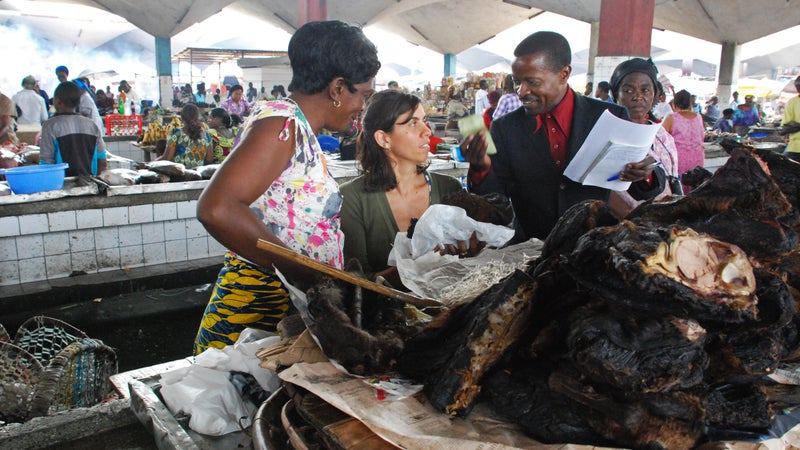
Other food writers have plumbed these depths before: notably, back in 2006, Michael Pollan became entranced by a wild boar hunt in the final chapters of .╠řHe described the resulting hunted, foraged, and homegrown╠řfeast as ÔÇťthe perfect meal,ÔÇŁ despite some culinary flaws. The authorÔÇÖs sense of satisfaction came from the idea that he knew exactly how each chanterelle cap and boar loin had arrived on the╠řtable.
But did he really? The╠řboar may have come from the Sierra, as Pollan noted, but one could question how boars came to be on that western range, and when and under what circumstances people are allowed to hunt them. Pollan left those questions unanswered, but╠řFeasting Wild╠řadvances the conversation by placing wild bounties in their ecological and cultural history.
La Cerva notes that wild foods, once eaten exclusively for survival, are currently considered staples of fine dining and luxury cuisineÔÇöa ÔÇťfetishization of need,ÔÇŁ as she dubs it. In one example, she describes a celebrity chef studying a 1960s Swedish-army survival guide to find inspiration for recipes at Noma, a Michelin-starred restaurant in Copenhagen considered among the best in the world. ÔÇťEven if you have never experienced famine,ÔÇŁ La Cerva writes, ÔÇťNoma is happy to invent this memory for you.ÔÇŁ
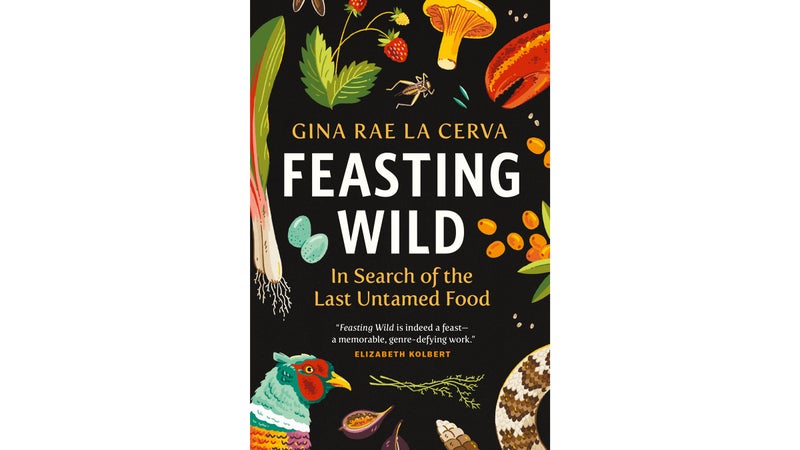
Historically, people have attached a special luster to╠řwild food in moments of broad, social anxiety about disconnection from nature. During the industrial revolution, for instance, fine-dining establishments in New York City heaped wild birds on tables, gathered by an army of ÔÇťmarket huntsmenÔÇŁ who picked the countryÔÇÖs wetlands clean. ÔÇťAt one particularly ambitious hotel, you could order heron, bald eagle, vulture, and owl,ÔÇŁ La Cerva writes. Her argument is that the primitivism associated with wild birds was a ÔÇťyou are what you eatÔÇŁ attempt to transcend the drumbeat of urban lifeÔÇöand she implies that the fascination with foraging on display at Noma comes from a similar place. (One should note that todayÔÇÖs wild-food movement often aligns itself with sustainability goals,╠řwhereas market hunters in the 19th century blithely drove bird species like the passenger pigeon to extinction.)
The consumer obsession with preindustrial (or, in some instances,╠řpreagricultural)╠řfood gathering╠řis complicated by the question at the heart of Feasting Wild: Were there ever wild foods to begin with?╠řSure, the bison that roam PolandÔÇÖs protected forests arenÔÇÖt raised by humans. But their existence and habitat is so completely shaped by human behavior and settlement that itÔÇÖs hard to think of them as truly separate from our touch, even if we do not intentionally raise them.╠ř
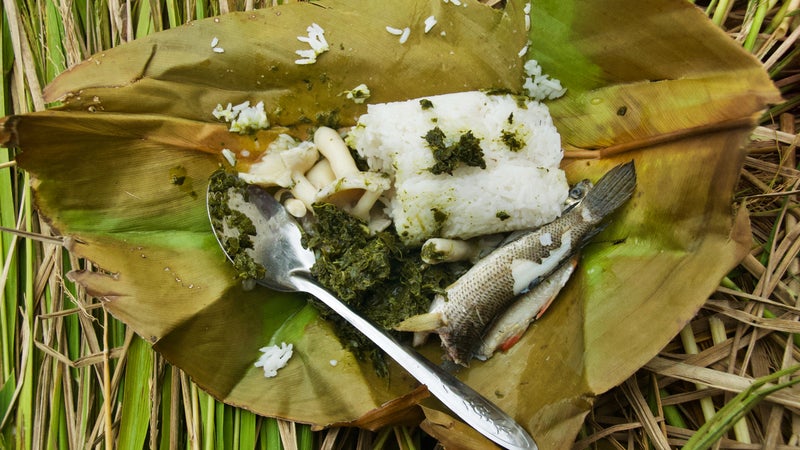
Feasting Wild╠řdraws heavily on the writing of environmental historian William Cronon as it searches for answers. As Cronon laid out in his seminal 1995╠řessay╠řÔÇťThe Trouble with Wilderness,ÔÇŁ both the word and the idea of wilderness╠řunderwent a dramatic shift during American colonization. Originally, it signified something akin to a wasteland, where spiritual aspirants would face God through deprivation. During the Romantic and environmental movements, the significance of wilderness was recast as a sacred place outside of civilized history, where God could speak to visitors through the landscapeÔÇÖs grandeurÔÇöa condition bound up in aesthetics. A key part of wilderness, according to that definition, was a lack of human cultivation.
While Cronon alludes to some non-human ÔÇťwild,ÔÇŁ he argues that wilderness is a fiction. La Cerva favors that interpretation as well, noting that the precolonial forests and plains of North America were also gently groomed by humans to encourage the growth of game. However, even if wilderness is a romantic╠řillusion, La Cerva argues that something essential has changed in the way we eat╠řduring the modern era thatÔÇÖs important to consider.╠ř
ÔÇťIn losing wild food from our diets, from the landscape, we have lost something unnamable,ÔÇŁ she writes. ÔÇťThe silences are so loud, they have become their own sound. We face a spiritual crisis, an existential loneliness greater than any heartbreak.ÔÇŁ
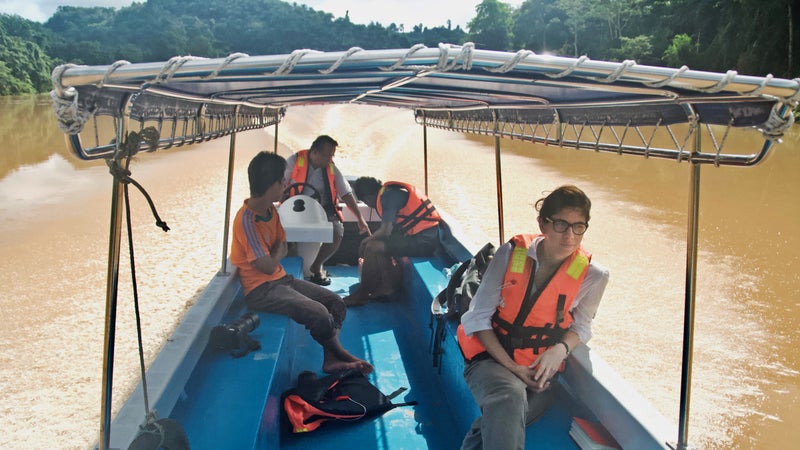
The English critic John Berger offered another definition of wilderness thatÔÇÖs helpful as we try to understand what La Cerva might mean. In a 1977 essay, Berger wrote that animals provide a kind of spiritual ÔÇťcompanionshipÔÇŁ unlike any between humans, ÔÇťbecause it is a companionship offered to the loneliness of man as a species.ÔÇŁ Wild things, in his telling, are ones that live parallel lives to our own, that we recognize as fellow travelers in the world. Some farm animals can possess this kind of autonomy, meaning that wildness isnÔÇÖt so much about the absence of humans or domestication╠řbut about how other species can cause us to reflect on our understanding of the natural world.╠ř
Drawing a firm line between humans╠řand nature ignores those who exist in the middle. Left out of╠řthe realm of╠řluxury wild food, La Cerva writes, are the stories of peopleÔÇömostly womenÔÇöwho learned how to harvest the food in the first place. In the Middle Ages, ÔÇťherbal knowledge was kept alive as folk medicine, handed down from mother to daughter,ÔÇŁ she writes.╠řWhen disaster struck, they could turn to╠řthe surrounding countryside to forage ÔÇťdock and nettles, woody roots of wild carrot, parsnips, leeks, skirret, and turnips; the leaves of wild strawberries, the leaves of violets and roses,ÔÇŁ the same species that world-renowned restaurants like Noma turn to╠řin modern times.
Drawing a firm line between humasn and nature ignores those who exist in the middle.
When La Cerva╠řdescribes more╠řfraught terrain in her travels, such as╠řthe bushmeat markets in╠řthe Democratic Republic of the Congo, she finds that gender still mediates the wild-food trade. Women sell the meat╠řand manage networks that bring the product╠řfrom interior forests to the cities. Game, in La CervaÔÇÖs descriptions, sounds mysterious and appetizing, chunks of flesh smoked over the course of weeks until theyÔÇÖre as tender as butter. In Kinshasa, the capital city, bushmeat (antelope, pangolin, even bonobo) takes on a more complicated moral valence╠řwhen pushed up against contemporary marketplaces and buyer-seller dynamics. But when La Cerva encounters a game-meat cook, the ethics of wild food are articulated in a way that will sound all too familiar to modern readers: ÔÇťItÔÇÖs natural,ÔÇŁ says the cook. ÔÇťItÔÇÖs important to know the origin of your food, to know the source. We ate more as children, when we lived in the countryside.ÔÇŁ
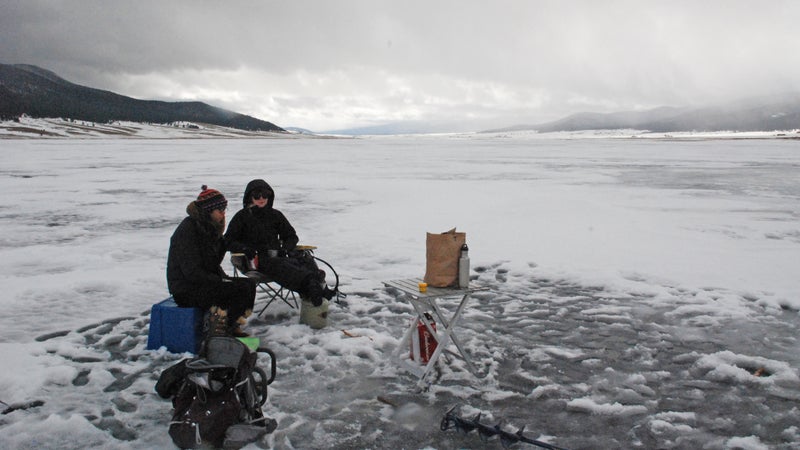
Reading Feasting Wild, itÔÇÖs easy to find strange harmonies in the chaos of the last few months. Disease ecologists that the novel coronavirus jumped from bats to humans using wild game as a stepping stone.╠řAs people around the globe were forced indoors during the pandemic, they╠ř with the wild things that appeared in urban public╠řspaces in our absence. Being at peace with the ways that humans and wild animals now interact is╠řa more difficult╠řtaskÔÇöeven La Cerva finds herself fantasizing about retreating into truly ÔÇťprimevalÔÇŁ wilderness, as though she still believes such a thing might exist.


